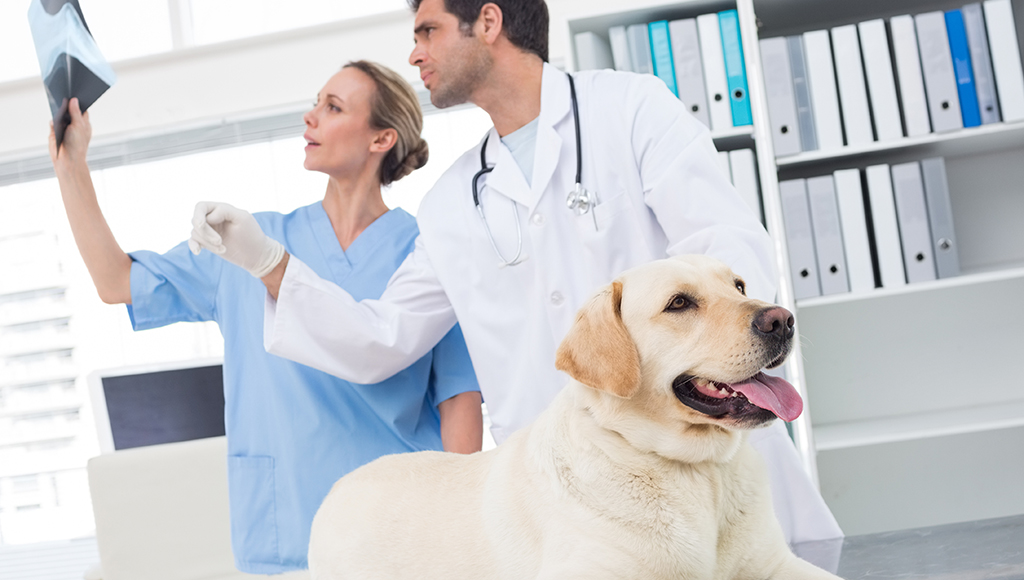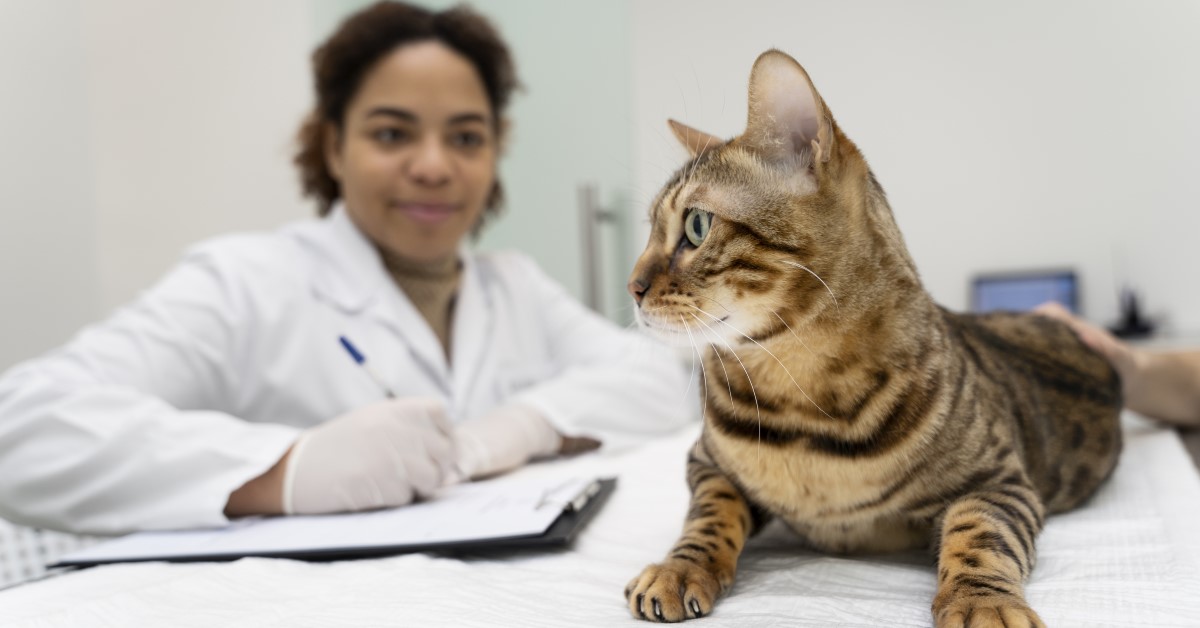Understanding DIfferent Diagnostic Procedures and Their Importance
Understanding your options and the benefits of each

We all want our beloved pets to be happy and healthy. Unfortunately, sometimes no matter what precautions we take, or how well we try to protect our pets from getting sick, they inevitably develop a problem or illness.
The first reaction from most owners, is to wait a couple of days, keeping a close watch on their pet to monitor unusual symptoms. If the pet’s conditions worsens, the next step is usually a trip to the veterinarian. The vet will usually perform a 30-minute physical exam which generally includes the following:
- Abdominal palpitation
- Taking the temperature
- Stethoscope examination of the chest
- A neural check.
Depending upon the symptoms, and any additional information from you, your vet may also order blood work and a set of chest x-rays. After receiving the results from the tests, along with his own personal observations your vet will attempt to make a diagnosis. In some instances medications may be used temporarily to help eliminate some diagnostic possibilities. If your pet's condition does not improve, or if it worsens, your veterinarian may choose exploratory surgery to determine the problem.
Unfortunately pets cannot express when they began to hurt or feel poorly, nor can they show us exactly where their pain is, or its severity. If an office exam does not disclose the cause of your pet’s illness or discomfort, the next step may be exploratory surgery, which is sometimes the only way to make the proper diagnosis.
X-rays are a great diagnostic tool; your vet knows where things should be and their relative density compared to surrounding structures. However, the problem with x-rays sometimes is that if something that should not be there has the same density as everything around it, you will never know it is there.
Exploratory surgeries are nothing more than another diagnostic procedure, just like a blood test or an x-ray. They can be done on any area of the body. Abdominal surgeries are probably the most common and can easily be done in less than thirty minutes from first cut to last skin suture. This exploratory procedure, as they commonly do, may save your pet’s life.
Exploratory surgeries may discover something that external examinations missed or an x-ray did not show. For example, a peach pit was discovered in a small dog's intestine, whose test results were all normal and whose x-rays showed nothing at all! Because the peach pit had absorbed a large amount of moisture, it had the same density as the intestinal wall and did not show on the original x-rays. It had not yet formed a complete obstruction; therefore it allowed barium and liquids to pass normally, so the barium series x-rays were all normal too. The sharp point on the end of the pit had almost cut its way through the intestinal wall, and once perforated, this would have led to a severe and possibly fatal abdominal infection known as peritonitis. In this case, the exploratory surgery literally saved the dog's life.
Veterinarians see a variety of intestinal obstructions caused by bones, tumors, sewing thread, golf balls, sponges, corn cobs, shoes, rocks, etc. They've seen dogs and cats pass amazing things like fish hooks and chewed-up small toys. Most of these things show up quickly on regular or barium x-rays, making a diagnosis easy. In a few cases, however, an exploratory surgery supplied both an answer and a cure. Regretfully, today many surgical procedures are done too often, sometimes without justification, and have received considerable negative publicity. If your veterinarian ever suggests an exploratory surgery, make sure you ask questions, but also understand the procedure's worth.
Exploratory surgeries are a very useful tool in veterinary medicine. Such surgery can be used for diagnostic and therapeutic purposes in cats and dogs. When it comes to your pet’s health and well-being, it is important to realize that although these tests and exams may seem expensive, in some cases this may be the only way to pinpoint a problem.
Ready to start saving money on pet wellness care?
Then take a look at Mint Wellness, the pet wellness plan that provides fast reimbursement on routine pet care. Save on vaccinations, wellness exams, preventatives, dental, and more!
Learn More


